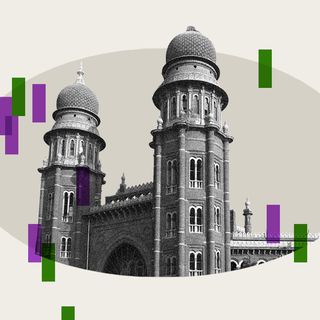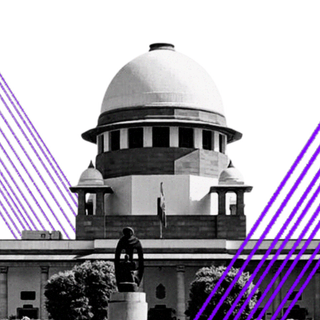The World Inequality Report 2022 found that India is not just a poor country, but also a very unequal one in terms of wealth and income distribution. While the bottom 50% of the population languishes with next to no wealth, the elite are so affluent as to be a sharp contrast — the top 10% account for 57% of the national income, the report states.
Launched by World Inequality Lab, the report further goes on to state that globally, the richest 10% own 76% of all wealth, and the poorest half of the population owns 2% of all wealth. Interestingly, the share of wealth in the bottom 50% increased when India was removed from the analysis, suggesting that inequality in India alone has a significant impact on global figures.
Among the report’s authors are economists Thomas Piketty, Emmanuel Saez and Gabriel Zucman — renowned for their work on inequality from the Paris School of Economics and the University of California, Berkeley, respectively “India stands out as a poor and very unequal country, with an affluent elite,” they write.
Other India-based statistics, too, are jarring. The middle class is relatively poor, with an average wealth of around Rs 7 lakhs. In contrast, the average wealth of the top 10% is somewhere around Rs 63 lakhs, and that of the top 1% is more than Rs 3 crores.
Related on The Swaddle:
The Pursuit of Wealth, Overconsumption Are Key Drivers in Climate Crisis, Scientists Warn
The report also states that the quality of government data on inequality has “seriously deteriorated” — making it difficult to assess recent trends pertaining to the extent of inequality in the country at a time when the gap between the top 10% and the bottom 50% in most countries has nearly doubled, and inequality is greater within countries than between countries. The coronavirus pandemic also ensured that the totality of wealth is now in private hands, and governments are now poorer than ever.
In economic terms, “wealth” refers to the total value in terms of the possessions and money that a person or family owns; and “income” refers to the money earned by individuals on a regular basis.
One of the big reasons cited for this staggering inequality is liberalization and deregulation policies that proliferated all over the world — especially in developing countries — in the mid 1980s. “While the top 1% has largely benefited from economic reforms, growth among low and middle income groups has been relatively slow and poverty persists,” it noted.
The figures are particularly revelatory in terms of how we interpret economic growth, and even the idea of affluence. While economic growth is measured in terms of Gross Domestic Product (GDP) and Gross National Income (GNI), who actually shares in the GDP and GNI is often left unreported. While corporates are credited with boosting GDP figures, much of the wealth generated remains concentrated in private hands at the very top — and at the expense of the rest of the population.
Related on The Swaddle:
How Money Affects the Psychology of the Extremely Rich
Deregulation and privatization measures — macroeconomic policies which remove government regulation and ownership of assets, further, mean that the government has less to spend on public welfare, and a lax taxation system ensures that the super-rich are allowed to keep much of their wealth to themselves.
Accordingly, the report recommended instituting a wealth tax for multi-millionaires that could help reduce the chasm between them and the poorest halves of their respective countries. The idea also debunks the fallacy of wealth being rightfully earned. With privatization, labor movements and laws are weakened, leading to greater exploitation and underpaying that allows wealth to concentrate at the top.
The data also debunks the common notion of who is “middle class” and who actually constitutes the top 10% elite. Many who actually belong to the latter category are wont to call themselves “middle class” — but as the numbers show, even having the bare minimum guarantees required to live comfortably put one in the top 10% of the population.
A sample test available on the World Inequality Database, for instance, shows that a monthly income of 50,000 rupees, for instance, puts an individual in the top 13% — meaning that 87% of the population is poorer than someone who earns this amount each month.




